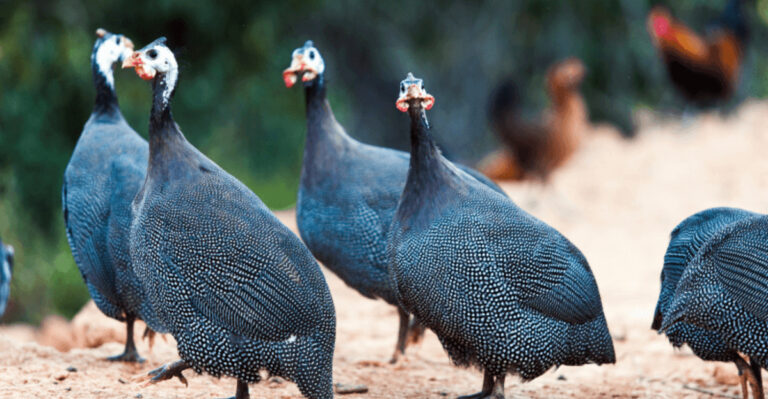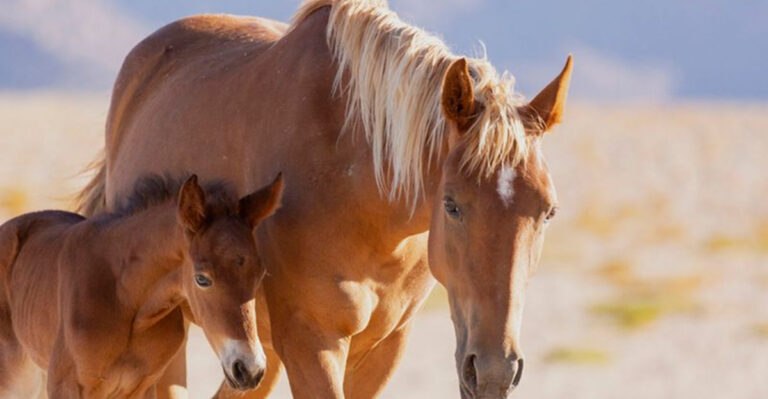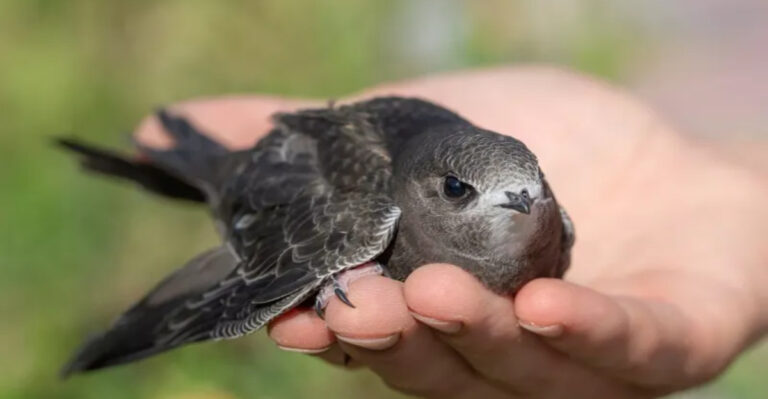Want Deer In Your Yard? Plant These 11 Trees
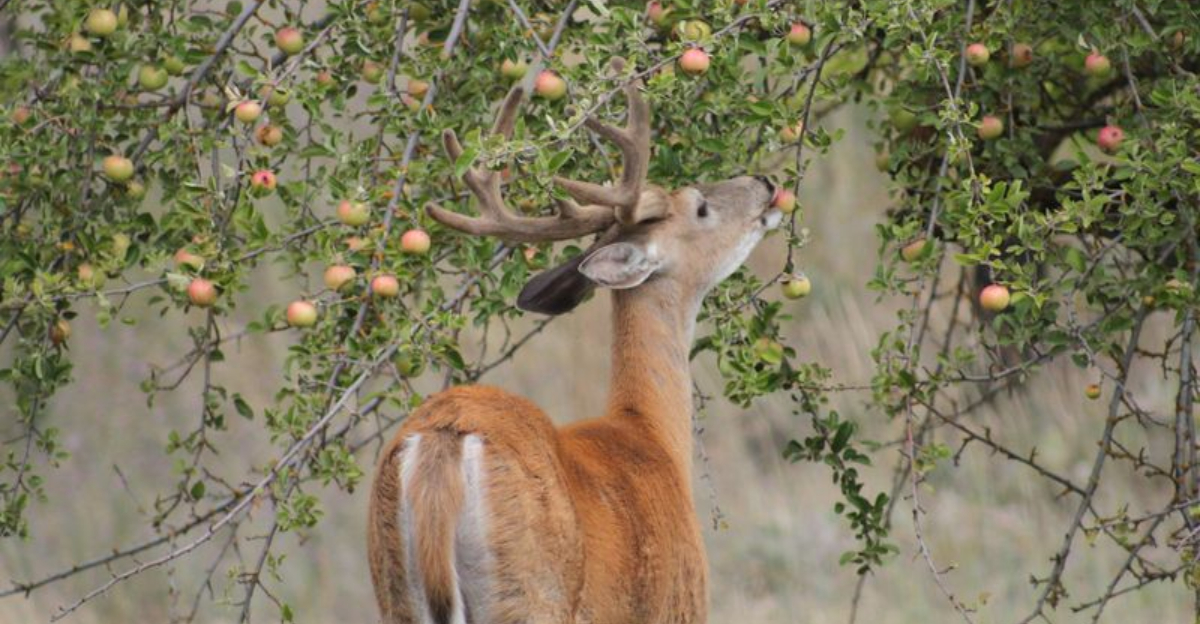
Deer are graceful creatures that bring a touch of wild beauty to any backyard. If you’re a nature lover wanting to attract these elegant animals, planting specific fruit trees can be a great way to do it.
Each of these trees not only provides nourishment for deer but also enriches the local ecosystem in various ways.
1. American Beech
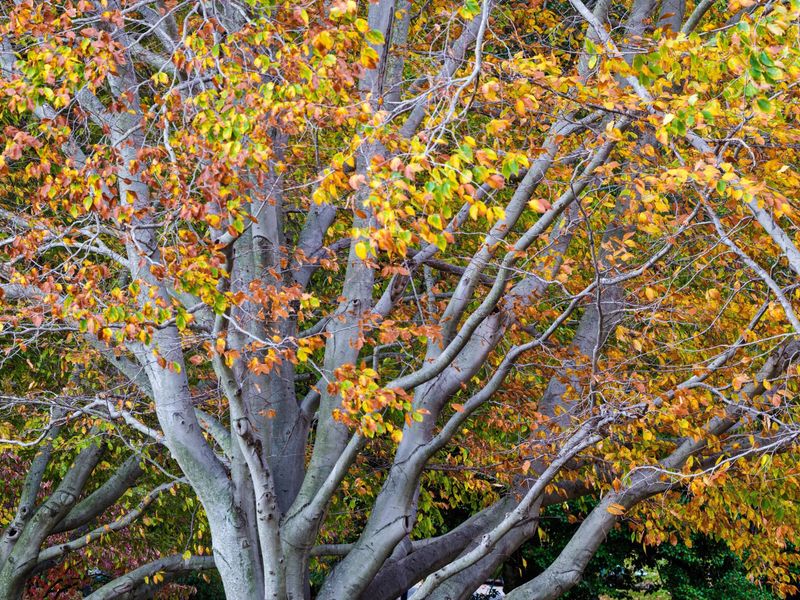
The American Beech is a tree that stands out with its smooth, silver bark and lush canopy.
Its leaves turn a striking golden bronze in the fall, making it a beautiful addition to any yard. Deer find the nuts irresistible, providing a natural food source.
Plant one in a sunny spot, and watch as it becomes a hub of wildlife activity. This tree grows best in well-drained soil and can reach impressive heights, offering shade and aesthetic appeal.
The sound of leaves rustling in the wind creates a soothing atmosphere, perfect for a tranquil garden setting.
2. Fig Tree
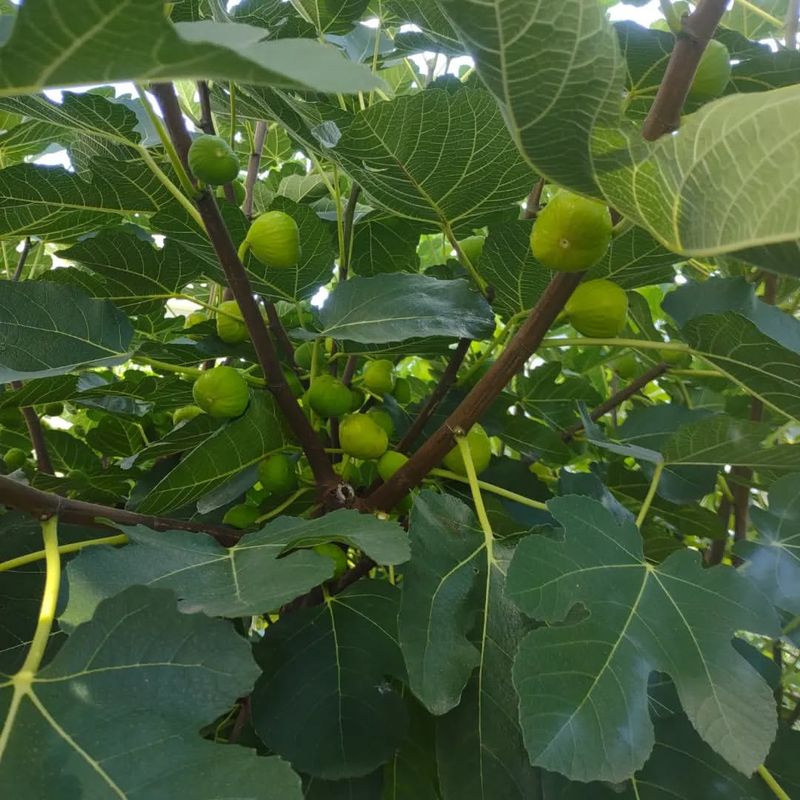
Fig trees, with their lush leaves and sweet, succulent fruits, are a perfect magnet for deer.
The figs are rich in sugars and nutrients, offering an excellent food source, especially when other options are scarce.
These trees thrive in sunny spots with well-drained soil, and choosing the right variety can make them even more attractive to deer.
As the figs ripen, their sweet aroma draws deer into your garden, while their soft texture and high sugar content make them irresistible.
3. Pear Tree
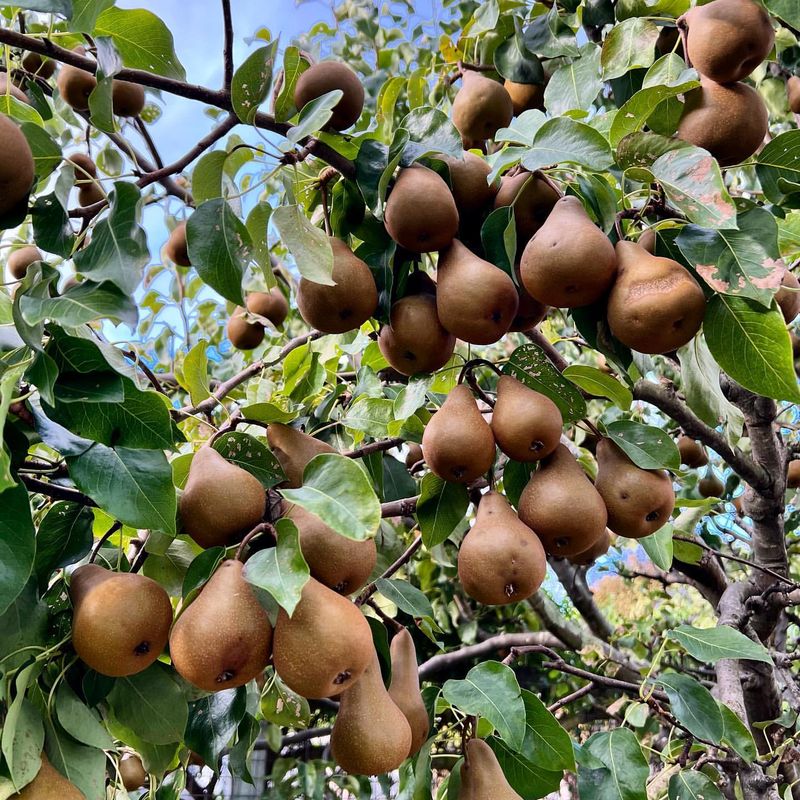
Pear trees, with their lush foliage and juicy fruits, are a true magnet for deer, drawing them to your garden with their sweet scent.
Not only do these trees offer delicious treats to deer, but they also enhance the aesthetics of your garden with their attractive shape and vibrant colors.
Choosing the right pear tree variety is essential, as some may require cross-pollination to produce fruit, so keep that in mind when planting.
Plant your pear tree in a sunny spot, as deer are particularly drawn to the ripe and softer pears, making them frequent visitors during fruiting season.
4. Persimmon Tree
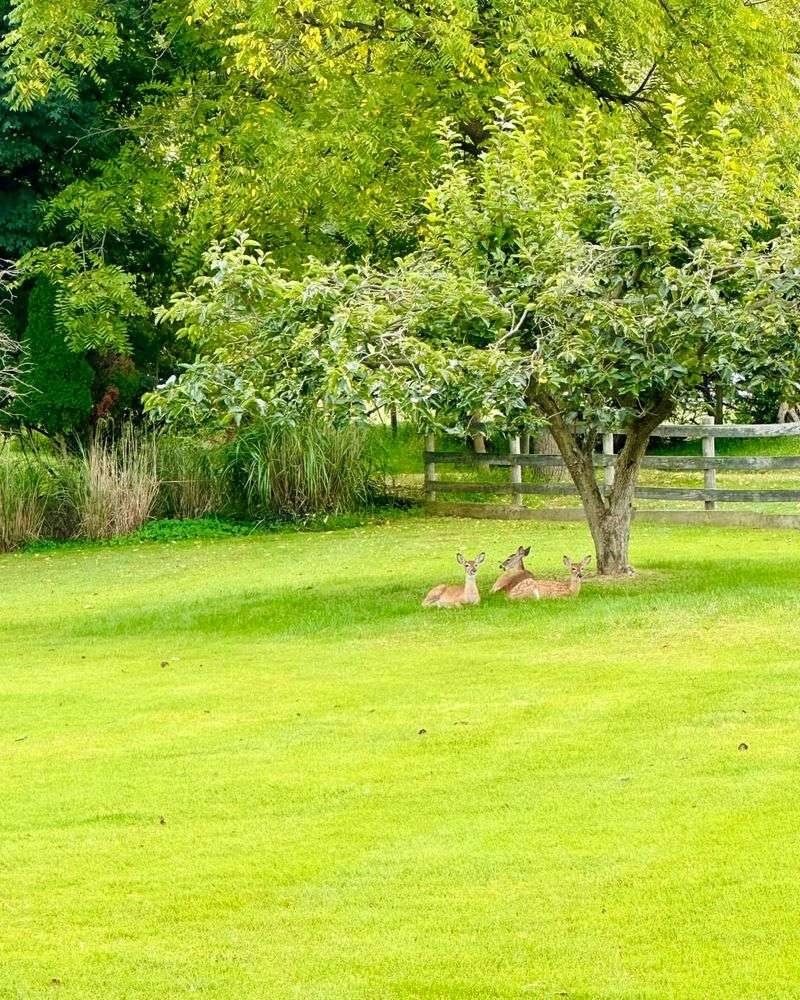
Persimmon trees are known for their vibrant orange fruits, which not only catch the eye but also draw deer in with their sweet, honey-like flavor.
The rich nutritional value of persimmons, packed with vitamins and minerals, makes them a preferred choice for deer, especially when other food sources are scarce.
When planting a persimmon tree, it’s important to choose a sunny spot with well-drained soil, and consider the type of persimmon tree (American or Asian), as this affects growth conditions and fruit production.
As the fruits ripen, their fragrance can attract deer from a distance, turning your garden into a wildlife hotspot.
5. Peach Tree
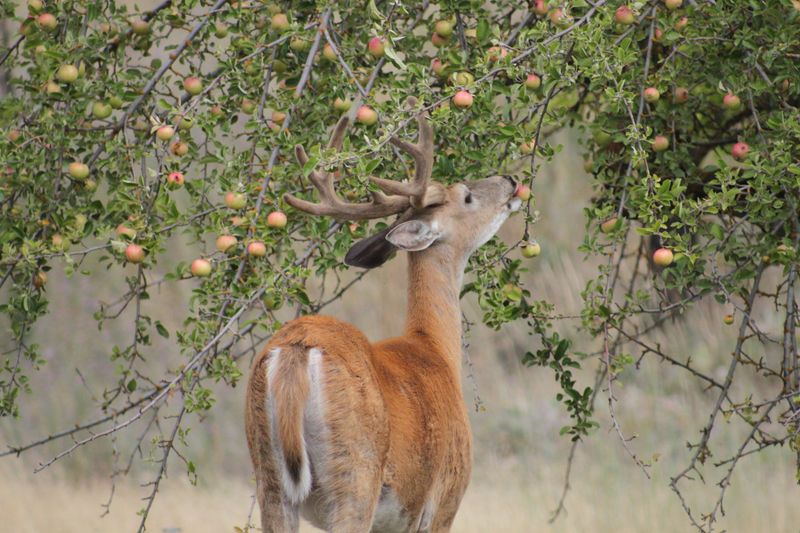
Peach trees, known for their juicy, sweet fruits, are a treat for both humans and deer.
The aroma of ripe peaches draws deer into your garden, making these trees a frequent stop for wildlife.
Planting them in a sunny spot with well-drained soil and selecting the right variety will help attract deer even more.
As the peaches ripen, the sweet scent and rich flavor make them irresistible to deer, who are often seen enjoying the fruits.
6. Cherry Tree
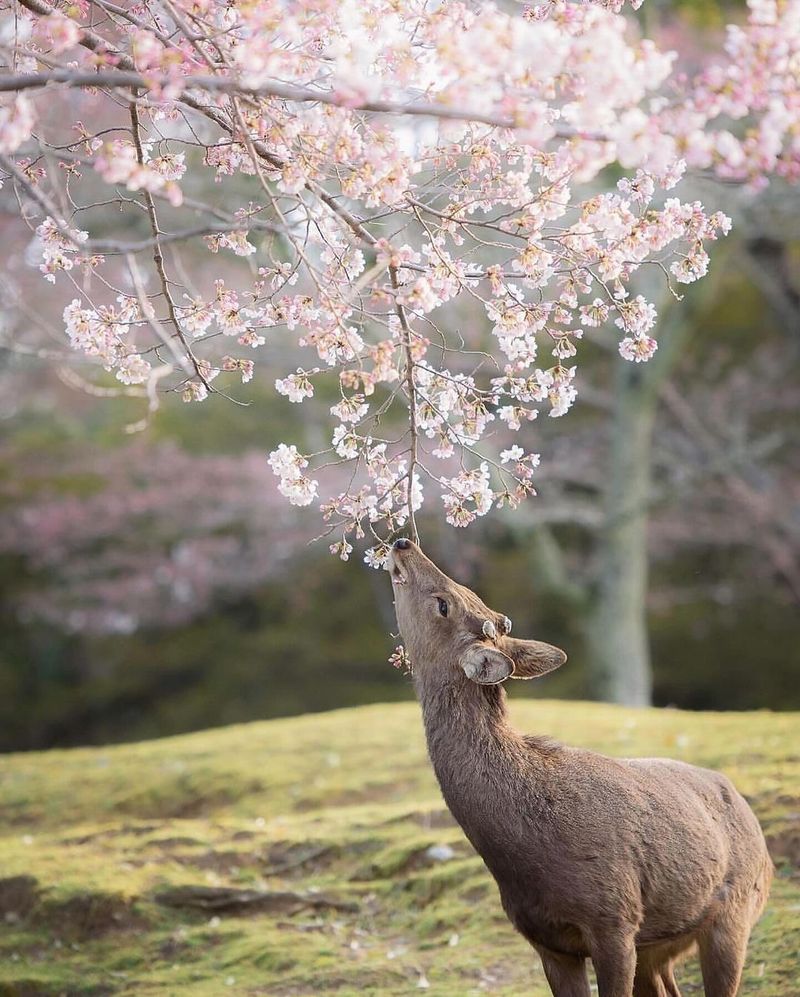
Cherry trees are a wonderful addition to any backyard, especially for attracting deer with their sweet, juicy cherries.
The enticing taste and aroma of ripe cherries make them a favorite snack for deer, while the tree itself adds a burst of color and charm to your garden.
When planting, it’s important to select the right cherry tree variety, as some require specific pollination partners, and they thrive in sunny, well-drained spots for a bountiful harvest.
As the cherries ripen, deer are naturally drawn to their scent, making the tree a hotspot for wildlife, especially in the late summer.
7. Plum Tree
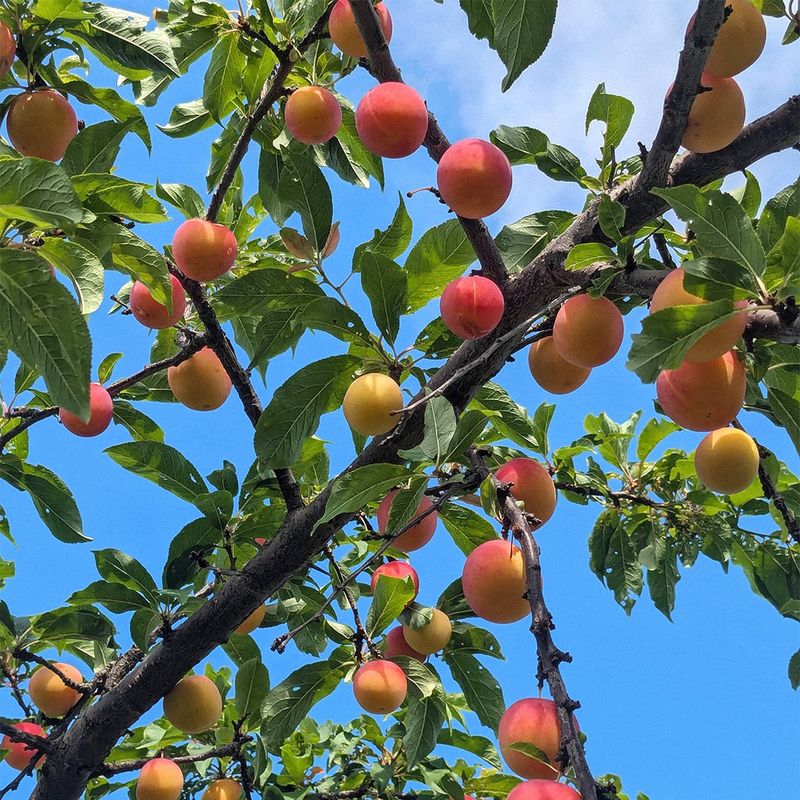
Plum trees are a fantastic way to attract deer, thanks to their juicy, succulent fruits and sweet aroma that draws them in.
The scent of ripe plums acts as a natural magnet, making your yard a favorite spot for deer looking for a tasty snack.
These trees flourish in sunny spots with well-drained soil, and choosing the right variety can boost fruit production.
Deer are especially fond of the sweeter, softer plums, which help nourish them, particularly during the leaner months.
8. Crabapple Tree
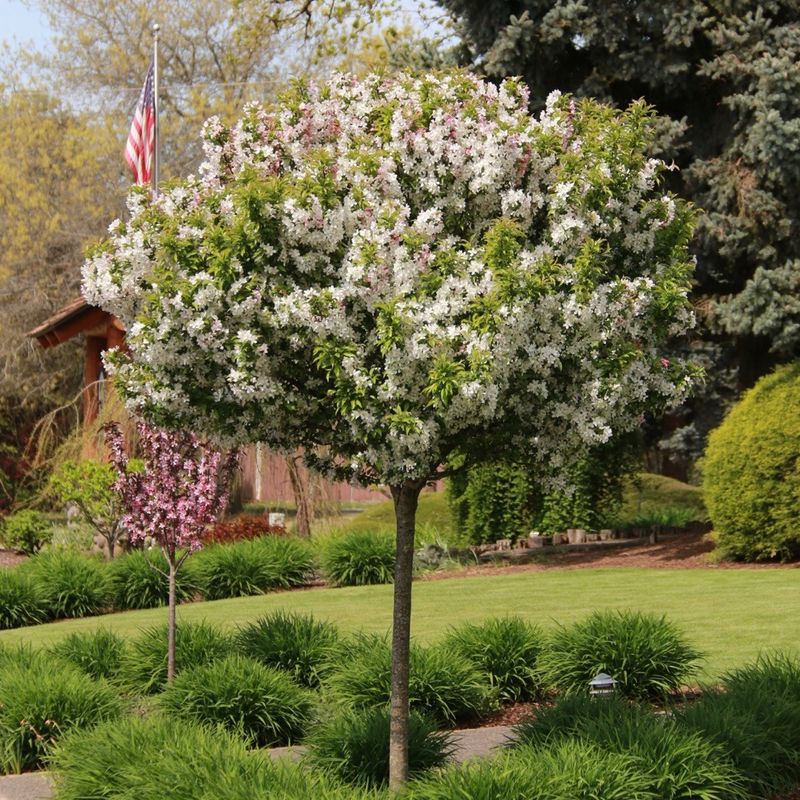
Crabapple trees are not only beautiful but also a tasty treat for deer, especially in autumn when they’re looking for diverse food sources.
The small, tart fruits are irresistible to deer, and the stunning spring blossoms add charm to your garden throughout the year.
Choosing the right variety can impact how much fruit the tree produces, making it even more attractive to deer.
These trees are resilient, thriving in various soil conditions, though they prefer sunny spots for the best growth.
9. Mulberry Tree
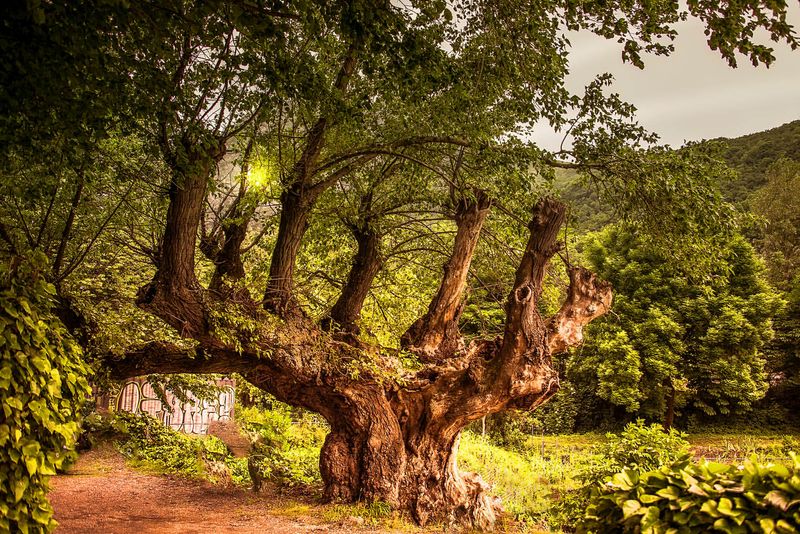
Mulberry trees are a great choice for attracting deer, thanks to their sweet, juicy berries that they simply can’t resist.
These trees not only provide delicious treats but also offer shade and habitat for various wildlife, boosting the biodiversity of your garden.
Planting a mulberry tree requires a sunny spot with fertile, well-drained soil, and selecting the right variety ensures a deer-friendly harvest.
As mulberries ripen over time, they provide a consistent food source, drawing deer back to your yard throughout the season.
10. Apple Tree
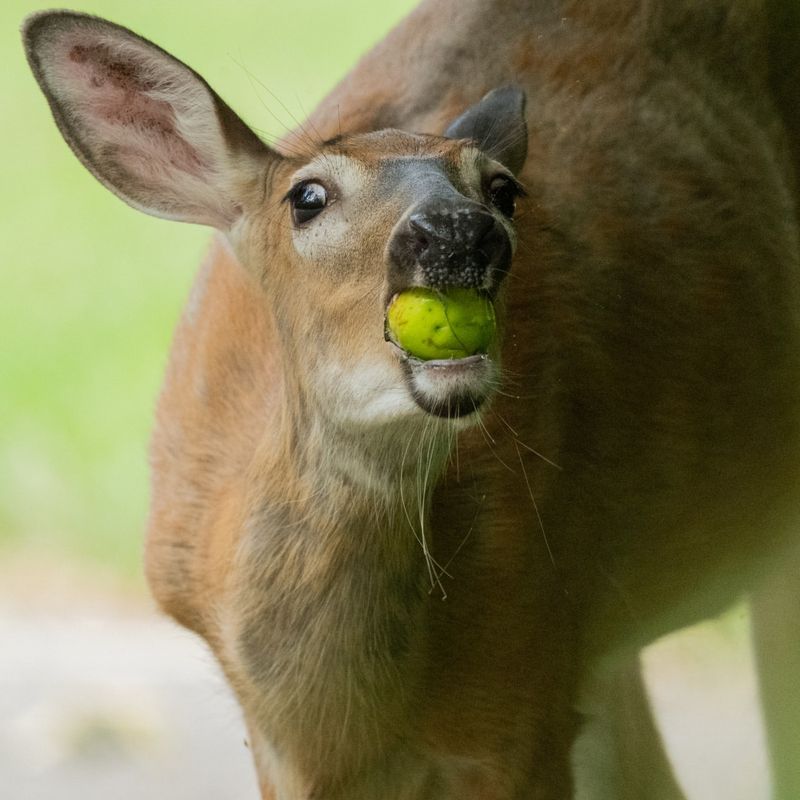
Apple trees are a wonderful addition to any garden, offering a bounty of crisp, sweet fruits in the fall.
Deer are particularly drawn to these trees, especially when the fruits are ripe, and the scent can attract them from quite a distance.
To plant an apple tree, make sure to choose a sunny spot with well-drained soil to promote healthy growth, and regular pruning is key to shaping the tree and encouraging fruit production.
The variety of apples you choose can also affect how much deer are attracted, with sweeter apples being especially appealing to them.
11. White Oak
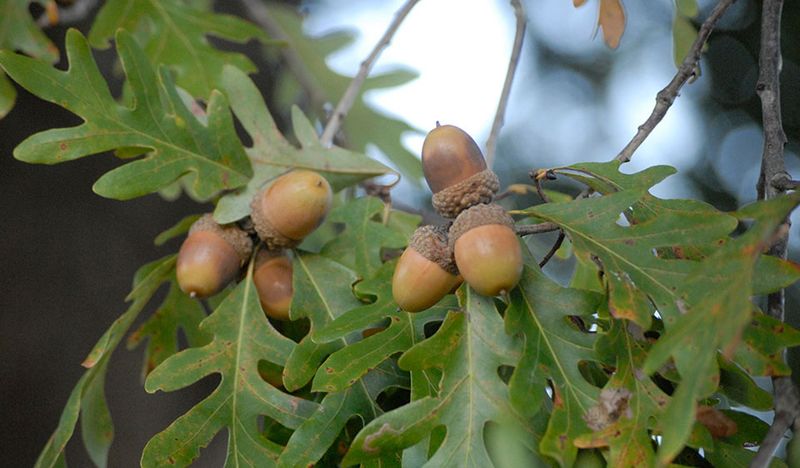
The White Oak is not only an iconic American tree, but also a favorite among deer enthusiasts.
Its acorns are a nutritious treat for deer, drawing them in during the fall. With its expansive branches, it offers plenty of space for wildlife to find shelter.
This tree is a long-lived species, often reaching great heights, making it a cornerstone in any garden. Its presence provides a sense of timelessness, connecting the present with generations past.

